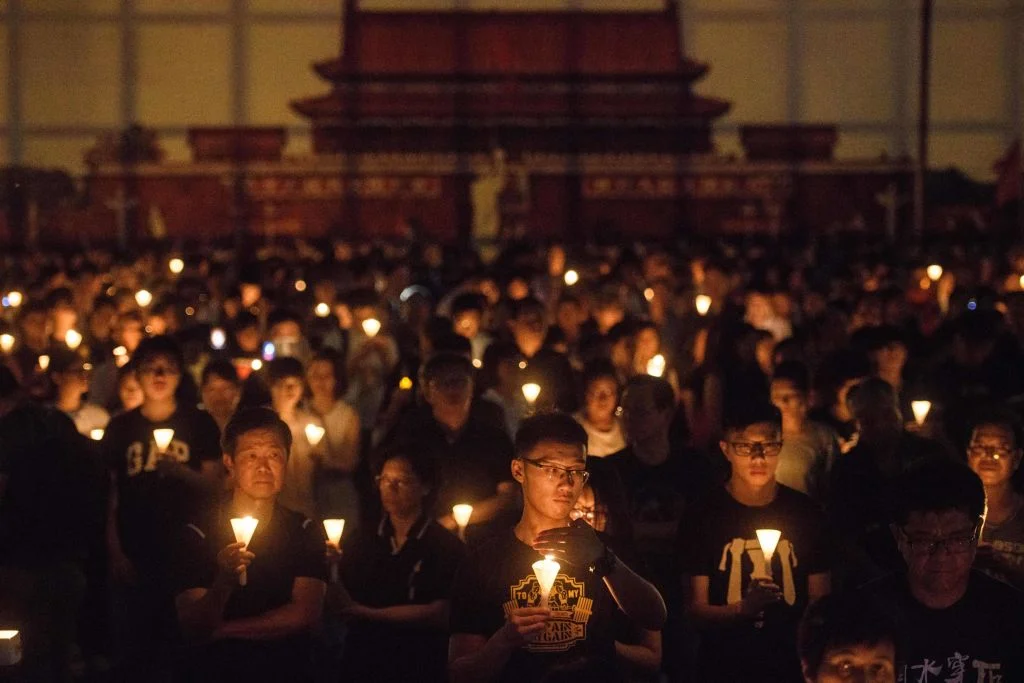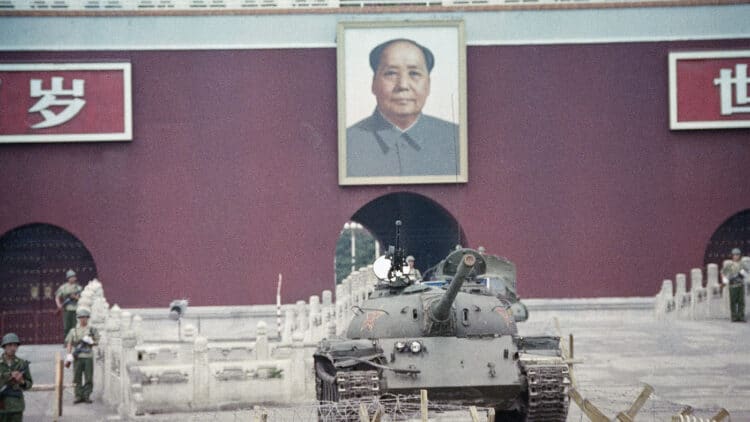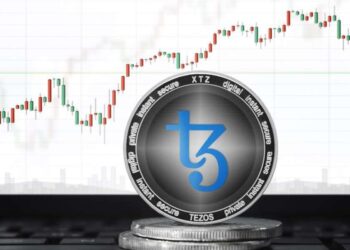June 4th, Saturday was the 33rd anniversary of the Tiananmen Square massacre. When Beijing, China witnessed thousands of pro-democracy protesters peacefully joining together to call for democracy, accountability, freedom, and rule of law 33. The 50-day protest ended abruptly on June 4th, 1989, with a brutal assault and open fire led by the People’s Republic of China’s (PRC) military. Martial law supporting this was declared on May 20. Nearly a million people were gathered in the square where almost 30,000 troops along with tanks crushed them. Countless were imprisoned and the number of deaths is still unknown today as even bystanders were killed.
The government ensured the incident got little to no coverage in the domestic press. The CCP even demoted officials who it thought were sympathetic toward protesters. Even now, this extremely unpleasant event is a highly sensitive and taboo topic of discussion in mainland China. The ruling communist party won’t even commemorate this incident.
What led to the protest?
In the 1980s, China was going through huge changes as the ruling Communist Party began to allow some private companies and foreign investment. The paramount leader Deng Xiaoping hoped to boost the economy and raise living standards in China. However, this move brought not only wealth with it, but also corruption, while at the same time raising hopes for greater political openness. Rapid economic development and social change in post-Mao China were reflected in the anxieties among the people and political elites about the country’s future. The Communist Party was divided between those urging more rapid change and hardliners wanting to maintain strict state control. In the mid-1980s, student-led protests started.

Those taking part in the protests included people who had lived abroad and been exposed to new ideas and higher standards of living. In spring 1989, the protests grew, with demands for greater political freedom. Protesters were spurred on by the death of a leading politician, Hu Yaobang, who had overseen some of the economic and political changes. He had been pushed out of a top position in the party by political opponents two years earlier. Tens of thousands gathered on the day of Hu’s funeral, in April, calling for greater freedom of speech and less censorship. Finally, the one-party political system faced a challenge to its legitimacy.
In the following weeks, protesters gathered in Tiananmen Square, with numbers estimated to be up to one million at their largest as it was a very important landmark of Beijing. At the beginning of the protests, the government took no action against it. There were two opinions in the party about how to respond to it, where one group of party officials considered giving concessions to the protest and not reacting harshly but another group of people who believed in hardline political ideas wanted the protest to be destroyed. By the month of May, a student-led hunger strike galvanized support around the country for the demonstrators, and the protests spread to some 400 cities. Among the CCP’s top leadership, Premier Li Peng and Party Elders Li Xiannian and Wang Zhen called for decisive action through violent suppression of the protesters and ultimately managed to win over Paramount Leader Deng Xiaoping and President Yang Shangkun to their side. In the end, hardliners overpowered the others and the party took the decision to establish martial law in Beijing in the last two weeks of May 1989.

They moved towards the protesting people with a huge military line-up and tanks, opened fire at them, assaulted many of them, arrested as many as possible and caused the death of an unknown number of people on the 3rd and 4th of June. At the end of the year, the Chinese government gave out information that about 200 civilians and several dozens of military personnel died in the incident, but there were other estimates that stated the number of people who died in the incident ranged from hundreds to thousands.
The international community, human rights organizations, and political analysts condemned the Chinese government for this unforgettable massacre. Western countries imposed arms embargoes on China. The Chinese government made widespread arrests of protesters and their supporters, suppressed other protests around China, expelled foreign journalists who spoke up about the incident to the outside world, and strictly controlled coverage of the events in the domestic press in order to suppress further following to the movement, strengthened the police and internal security forces to take control of the already crushed society.
Through this incident, the party re-established firm control over the press, publishing, and mass media. Even up to this day, this topic is really a sensitive topic in mainland China which is regularly removed from the social media platforms and news by the ruling government’s tight grip. For a new generation of people who didn’t live through the protest, the denial of freedom and human rights involved in the incident is still unknown.
Also Checkout: SC condemned the practice of filing PILs for publicity or personal gains
















